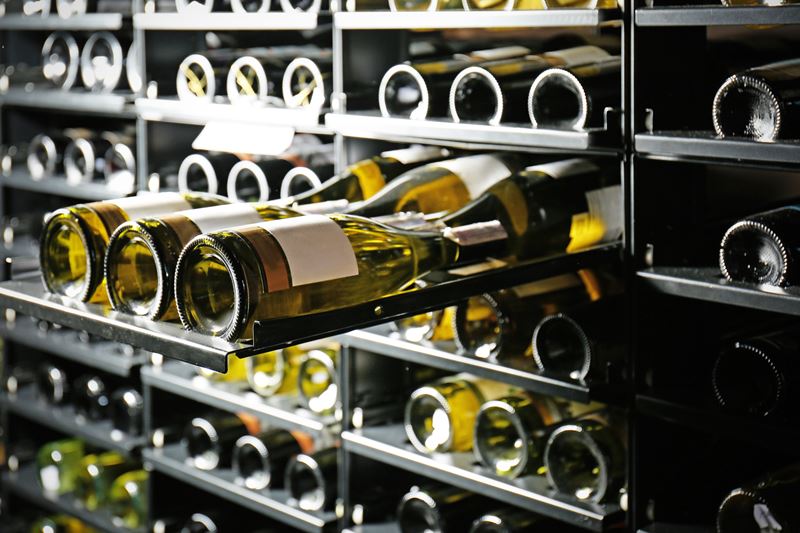Yeast-Derived Products Hold the Key to Flawless White Wines
Study Reveals How Winemakers Can Fight Off Light
2024-04-15

When it comes to white and sparkling wines, the interplay of light and its impact is a topic that fascinates many in the wine industry. This is particularly true when considering how certain defects can transform the sensory experience of these wines. One notable defect, often discussed, is known as "lightstrike," a problem that affects not just the quality of the wine but also its enjoyment.
This phenomenon typically occurs when white and sparkling wines are packaged in clear glass bottles and exposed to intense light. The light can trigger chemical reactions in the wine, involving components such as riboflavin (vitamin B2) and methionine, an essential amino acid. These reactions can lead to the formation of compounds like methanethiol and dimethyl disulfide, which are primarily responsible for the unpleasant taste of lightstrike that can spoil a wine.
Riboflavin in wine mainly comes from the metabolism of yeasts during fermentation. Yeasts, which are crucial for transforming grape must into wine, release riboflavin as part of their biological activity. An intriguing study has explored how manipulating this process by adding yeast-derived products (YDP) before fermentation can alter riboflavin concentrations and, thereby, potentially influence a wine's susceptibility to developing lightstrike.
These yeast-derived products, known as YDPs, include varieties like inactive yeasts, mannoproteins, yeast autolysates, and yeast hulls. They are widely used in winemaking not only as nutrients to support alcoholic fermentation and prevent stalls but also to enhance the sensory properties of the wine. Moreover, they have been observed to improve other aspects such as the wine's antioxidant capacity and its tartaric and protein stability.
A recent study analyzed fourteen different types of YDPs to investigate their impact on riboflavin content in wine. The findings could offer viable strategies for winemakers to control or reduce the formation of undesirable compounds caused by light exposure. The strategic use of these YDPs could be a valuable tool for enhancing the quality and consistency of wine, ensuring that consumers enjoy the best possible experience without the risk of light-induced defects.
Ultimately, studying how yeast-derived products affect riboflavin and other components related to the taste of lightstrike in wine not only helps to protect the final product but also supports the wine industry's ongoing quest for excellence and innovation in winemaking. With each discovery, winemakers are better equipped to tackle the challenges posed by nature, ensuring that each bottle that reaches the table lives up to the expectations of wine lovers.
Founded in 2007, Vinetur® is a registered trademark of VGSC S.L. with a long history in the wine industry.
VGSC, S.L. with VAT number B70255591 is a spanish company legally registered in the Commercial Register of the city of Santiago de Compostela, with registration number: Bulletin 181, Reference 356049 in Volume 13, Page 107, Section 6, Sheet 45028, Entry 2.
Email: [email protected]
Headquarters and offices located in Vilagarcia de Arousa, Spain.